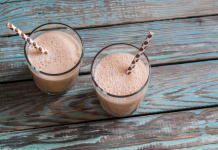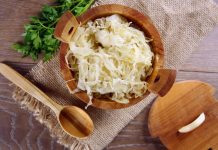
Fibrocystic disease should be treated with the understanding that it is a multifactorial problem that requires a multi-modal approach. The following strategies have been found to be very effective in our clinic:
We begin with a detailed case history of the individual to identify potential problem areas such as current health conditions, past diseases, medications that may cause symptoms, and any unresolved physical and psychological issues. Once the case "picture" is complete and there is a clear identification of imbalances, a therapeutic approach is applied to address the issues. Since each individual case history is unique, each case requires a different approach.
Diet Advice
Besides eliminating caffeine, saturated fats and salt, a high fiber diet including a great variety of plant-based foods free of pesticides and hormones will help in preventing cyclical fluctuations in cyst size and tenderness. A high fiber diet is extremely beneficial with the elimination of unwanted toxins preventing dangerous xenoestrogens from being re-absorbed back into the body.
Increase consumption of vegetables, especially the cruciferous family (cabbage, broccoli, Brussels sprouts and kale). The main ingredient in these vegetables is indole carbinols, which promote 2-hydroxyestrone, (a protective estrogen) and counters the proliferative effect of carcinogenic 16-alphahydroxy estrone (a bad estrogen). [Editor's Note: DIM can also balance estrogen.]
You should also keep your intestinal flora healthy with the use of probiotics.
Maintain and enhance your liver's ability to metabolize estrogens from different sources. This can be done through proper nutrition and requires very specific concentrations of nutrients and occasional liver support and detoxification. This is a continuous and life-long prevention program. The ultimate goal here is to improve your estrogen metabolism.
Lifestyle Advice
Start and maintain an exercise program that addresses three key components of health: duration (aerobics), strength (weight resistance), and flexibility (stretching). A moderate daily exercise routine will promote weight loss and hormonal balance, stabilizing your mood and the overall feeling of well being.
Dr. Alex Mostovoy










